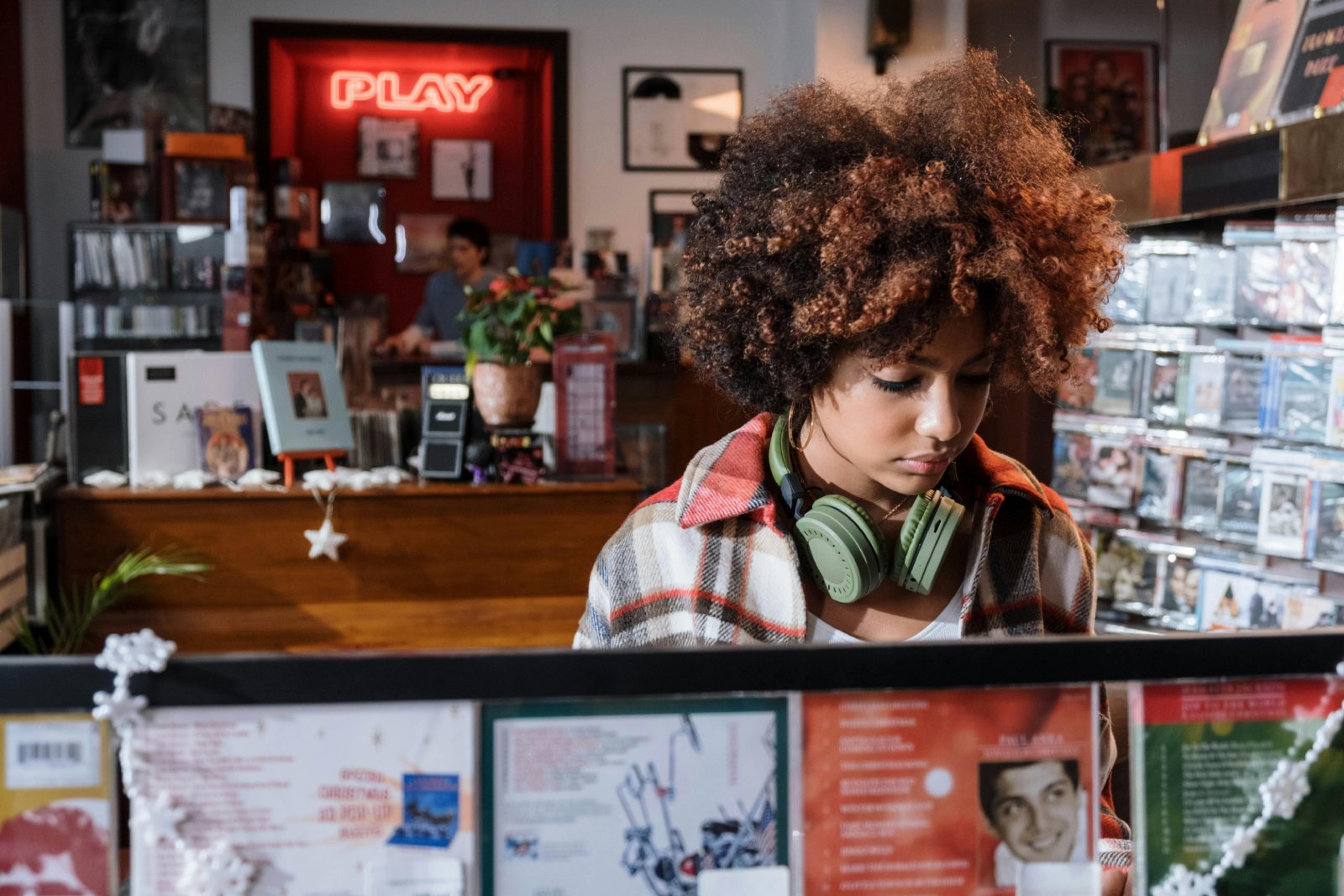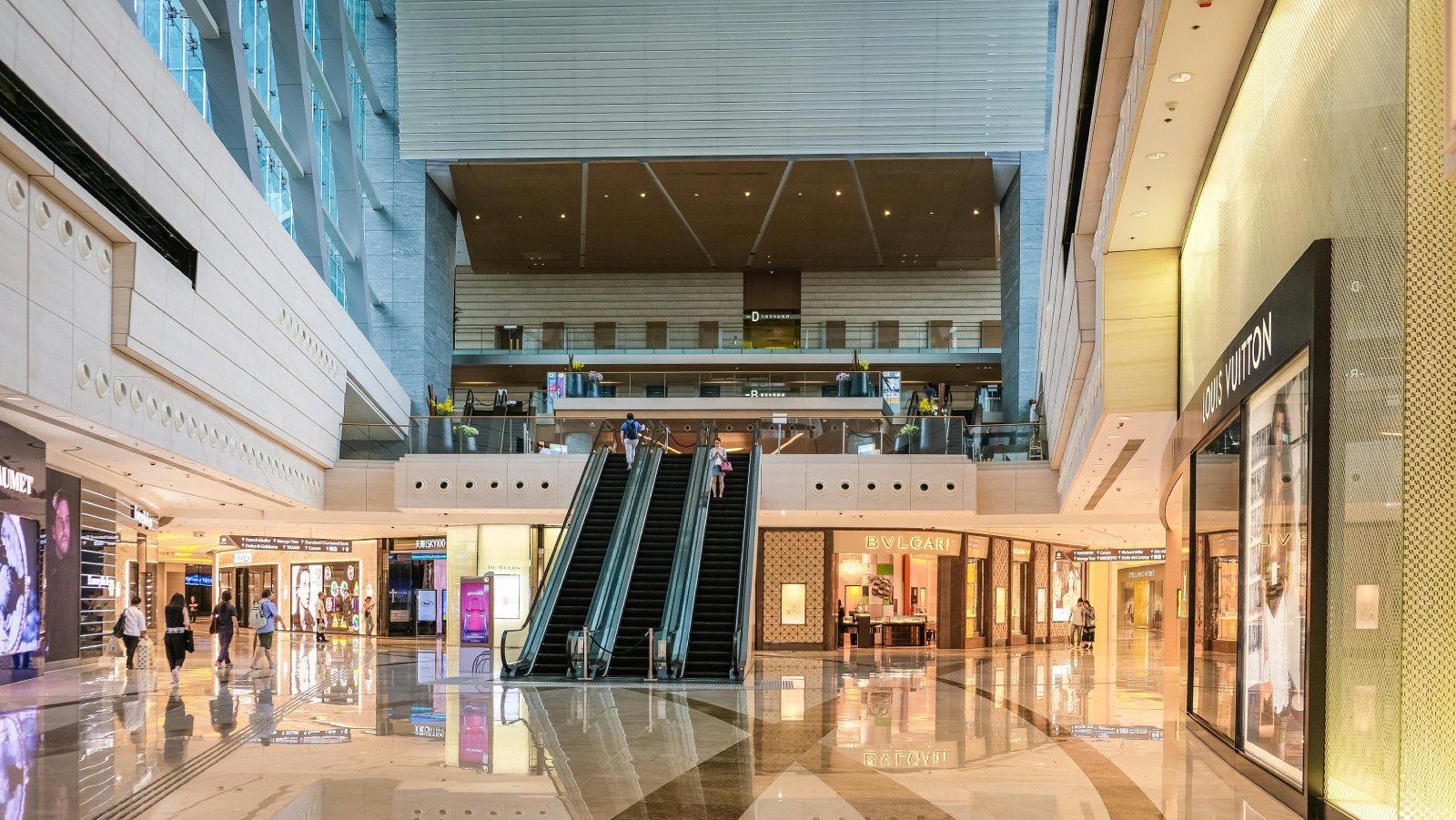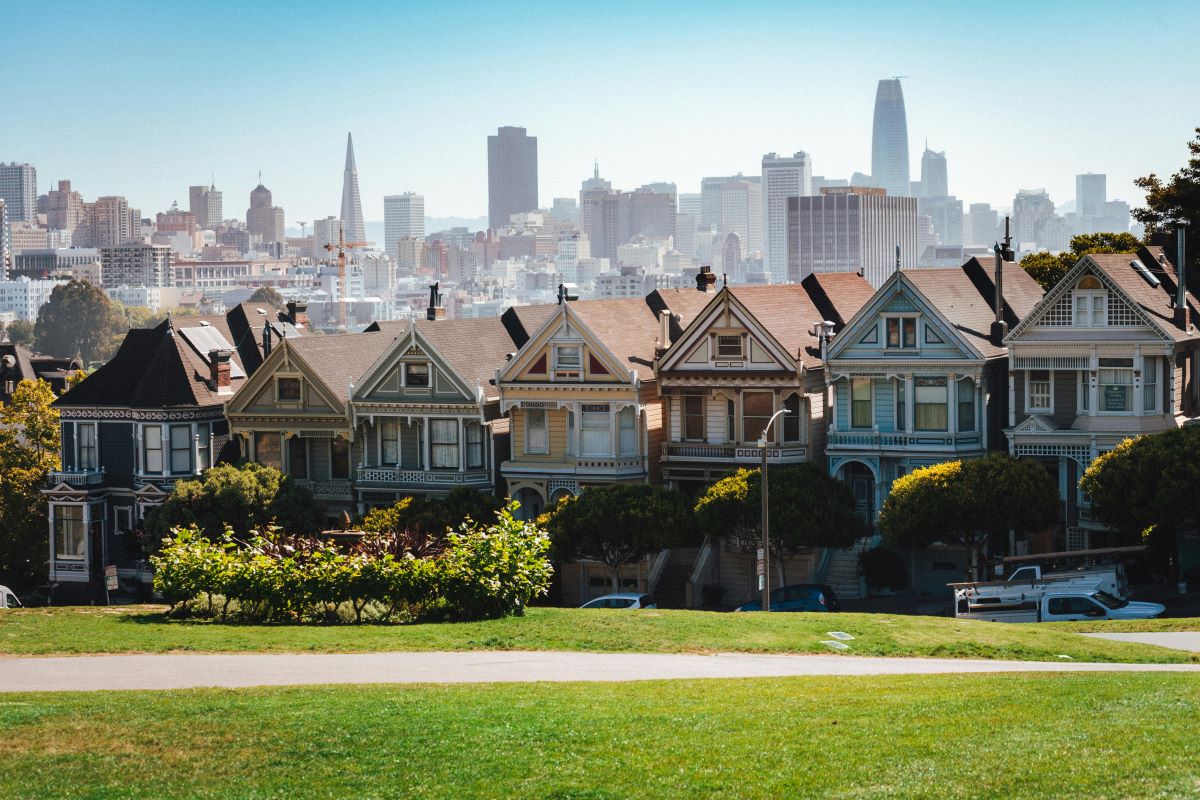Remember when a trip to the mall was the highlight of the weekend? For many of us, malls were more than just places to shop—they were social hubs, a hangout spot, and sometimes even a rite of passage. But with the rise of online shopping, those days are fading fast. Here’s how it’s changing everything.
Malls Were Our Social Spaces

Malls used to be the place to meet up with friends, catch a movie, or just people-watch. They were the heartbeat of suburban life. But as online shopping becomes the norm, these once-bustling centers are turning into empty shells. Why drive to the mall when you can order anything you want from your couch?
E-Commerce Is King

Let’s be real—online shopping is just easier. With Amazon offering everything under the sun and delivering it straight to your door, who wants to deal with parking, crowds, or store hours? The convenience of e-commerce has completely transformed our shopping habits, leaving malls struggling to keep up.
Small Businesses Are Feeling the Heat

It’s not just the big department stores that are closing down. The small, independent shops that gave malls their unique character are disappearing too. They can’t compete with the reach and lower prices of online giants, and we’re losing a piece of our community in the process.
The Nostalgia Is Real

For those of us who grew up in the ’80s and ’90s, the decline of the mall is a bittersweet pill to swallow. Whether it was grabbing a pretzel, flipping through CDs at the record store, or just killing time with friends, the mall was part of our culture. Online shopping might be convenient, but it can’t replace those memories.
Retailers Are Adapting

With fewer people heading to malls, retailers are shifting their focus online. Some stores now serve more as showrooms than shopping destinations, where you can browse in person but are encouraged to buy online. It’s a strategy that acknowledges the new reality of retail.
What Happens Next?

Malls aren’t disappearing overnight, but they’re definitely evolving. Some are being repurposed into mixed-use developments with apartments, offices, and entertainment venues. Others are leaning into experiences—things you can’t get online, like indoor theme parks or live performances. It’s a smart move, but it’s also a sign of the times.
Embracing the Change

Sure, it’s sad to see the mall fade away, but there’s also something exciting about the new retail landscape. Online shopping offers endless possibilities, and there’s a certain thrill in finding exactly what you want with just a few clicks. Still, as we embrace this digital future, let’s not forget the value of what we’re leaving behind.
Final Reflections

The decline of the mall isn’t just about shopping—it’s about how we connect, how we socialize, and how we experience the world. Online shopping is reshaping our lives in ways we’re only beginning to understand, and while it’s undeniably convenient, it’s okay to feel a little nostalgic for the past. After all, some memories can’t be bought online.
Millennials Are Over It: 25 Reasons Woke Culture Is Losing Its Charm

Has the push for progress tipped too far into preachiness? Here’s why many Millennials might think so. Millennials Are Over It: 25 Reasons Woke Culture Is Losing Its Charm
Is It Time Boomers Paid the Price for America’s Economic Inequality?

The American Dream feels more elusive than ever, especially for younger generations. What was once achievable through hard work now faces significant hurdles, from skyrocketing college costs to the challenging pursuit of homeownership. Here’s a look at why it’s tougher for Millennials and Gen Z compared to Baby Boomers. Is It Time Boomers Paid the Price for America’s Economic Inequality?
Rent Crash in California: Landlords Scramble as Prices Take a Hit

California’s rental market is taking a nosedive, with major cities seeing huge drops in rent prices. Rent Crash in California: Landlords Scramble as Prices Take a Hit
Featured Image Credit: Shutterstock / William Barton.
The content of this article is for informational purposes only and does not constitute or replace professional advice.
The images used are for illustrative purposes only and may not represent the actual people or places mentioned in the article.
For transparency, this content was partly developed with AI assistance and carefully curated by an experienced editor to be informative and ensure accuracy.




